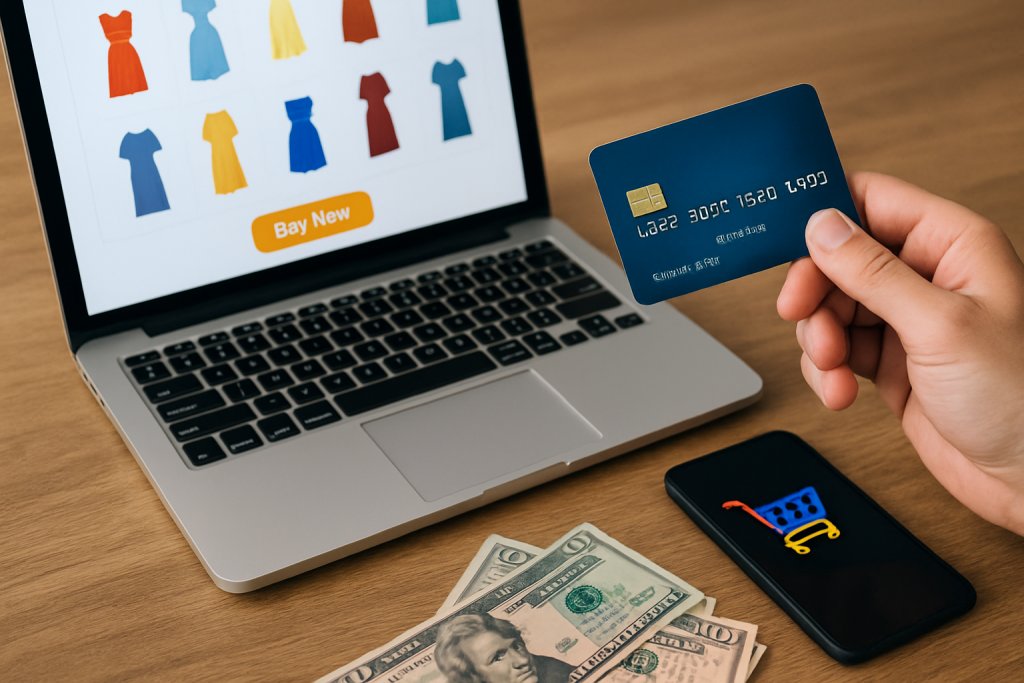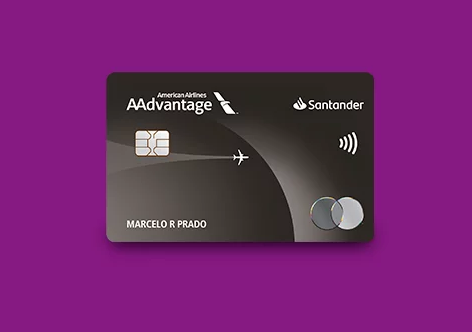In 2025, credit cards are doing far more than helping consumers complete purchases. They’ve become a critical part of the U.S. digital economy—powering transactions, shaping behavior, and allowing businesses to scale with incredible speed and reach. Their role now extends from simple payments to influencing how Americans shop, plan, and manage their money online, across platforms, and through connected services that span the globe.
As online shopping becomes second nature for millions of people, credit cards in the digital economy are evolving fast. From smarter fraud protection to instant approvals and dynamic rewards, they now play an active role in how consumers interact with digital commerce, build loyalty, and make more confident financial decisions.
Why credit cards are driving the digital economy

Credit cards are no longer just convenient—they’re deeply integrated into digital commerce and economic infrastructure. Behind every fast, frictionless checkout is a complex system that verifies, approves, and protects each transaction with reliability. These systems allow businesses to meet demand, offer flexible billing options, and deliver seamless online experiences at scale for customers with varied preferences.
For companies operating online, credit cards are a lifeline for efficient transactions. Subscriptions, streaming platforms, and digital storefronts rely on them for recurring payments and customer retention. Without credit cards in the digital economy, many of the services we now take for granted would operate much less efficiently—or not at all—affecting access and growth across industries.
Trust and convenience fuel adoption
One major reason credit cards dominate online payments is the confidence they inspire across all demographics. Consumers know they can dispute suspicious charges, get reimbursed for fraud, and avoid liability if their details are compromised. That trust makes people more likely to complete transactions on unfamiliar websites or through new apps, particularly those offering limited purchase guarantees.
Convenience is just as important as security and trust. Credit cards can be saved in browsers or mobile wallets, enabling near-instant purchases across multiple devices. This speed supports impulsive buying behavior, which businesses often design for—especially during flash sales, personalized offers, or limited-time drops that rely on fast decisions and seamless payment experiences.
Credit behavior shapes spending habits
Credit cards don’t just enable spending—they influence how and why people spend daily. Rewards programs steer consumers toward specific brands or categories, reinforcing shopping habits and preferences. For example, someone earning points on groceries may consistently choose a certain retailer over competitors that don’t offer the same perks or level of card integration.
Flexible credit also encourages larger purchases without immediate cash flow. With promotional APRs, installment plans, and generous limits, consumers feel more comfortable taking on bigger expenses. While this boosts sales and economic activity, it also raises concerns about long-term debt, especially among younger cardholders still learning financial discipline and money management habits.
How online shopping is changing with credit card integration
The connection between online retail and credit cards is growing more intelligent, efficient, and data-driven. Retailers and card issuers are teaming up to offer better user experiences, like pre-approved offers, dynamic discounts, or loyalty points tied directly to purchase behavior.
Many platforms now offer instant credit approvals right at checkout to boost convenience. Shoppers can apply, get accepted, and use the new card immediately—sometimes with a bonus discount or cashback deal. This keeps customers engaged and lowers cart abandonment, while giving businesses a way to secure long-term loyalty from first-time buyers who return frequently.
Buy now, pay later vs. traditional credit
BNPL services have become a popular alternative for people looking to avoid traditional credit or long-term debt. They offer short-term installment plans with zero interest, which is appealing for younger shoppers or those wary of revolving debt models. Still, these services haven’t replaced credit cards—they’ve forced them to improve and compete on flexibility.
Credit cards in the digital economy have responded with more flexible repayment options to meet expectations. Many now let you break up charges into installments after the fact, directly through the app interface. This blends the convenience of BNPL with the security and rewards structure that credit cards are already known for, creating smarter spending options.
Mobile integration is the new standard
Mobile shopping continues to surge across all age groups, and cards are adapting rapidly and intelligently. Nearly every modern credit card now supports digital wallets like Apple Pay or Google Wallet, enabling payments through apps, smartwatches, and voice assistants.
Security on mobile is evolving too, with smarter features becoming expected. Features like fingerprint access, instant card locking, and transaction notifications help users manage spending and stay ahead of fraud. These tools make mobile payments not just easy—but secure, responsive, and aligned with how people actually shop today in a digital-first world.
Credit card trends that are shaping the market
As digital habits evolve across demographics and generations, credit card companies are responding with smarter, more adaptive offerings. Issuers now leverage data to tailor benefits, track spending trends, and serve customers in real-time. The result: cards that behave more like personalized financial tools than traditional plastic products tied to a single account. Here are some of the most impactful trends shaping credit cards in the digital economy today:
| Trend | Impact on Consumers | Impact on Businesses |
|---|---|---|
| Virtual Credit Cards | More privacy, single-use numbers reduce risk during online shopping | Lowers fraud losses, increases consumer confidence |
| Instant Issuance at Checkout | Immediate card use with in-cart discounts or welcome rewards | Boosts conversion rates and first-time customer retention |
| Mobile-Only Credit Products | Seamless in-app experiences tied to lifestyle or financial behavior | Opens new markets among mobile-first users |
| Real-Time Credit Adjustments | Smarter limits and approvals based on live payment history and usage | Improves engagement and lowers risk with tailored credit strategies |
These trends show how credit cards are moving from static payment tools to dynamic digital platforms with smarter, real-time capabilities. They’re becoming more responsive, more personalized, and more essential in the digital economy that defines modern commerce today across industries and consumer markets.
Risks and responsibilities in a digital-first world
The more convenient credit becomes, the easier it is to overspend without realizing it. When checkouts are instant and rewards are immediate, it’s tempting to buy now and think later. That’s why issuers are also offering education tools, budget tracking, and alerts to help people stay on top of their spending habits and financial routines.
Still, tools only work when people choose to use them regularly. It’s important for consumers to understand the terms of their credit agreements, monitor balances frequently, and resist the urge to overextend. The ease of credit shouldn’t come at the cost of financial well-being or long-term stability, especially in uncertain times.
Regulatory challenges ahead
The shift to digital has also caught regulators’ attention as platforms grow. Concerns around privacy, algorithmic targeting, and responsible lending are growing across sectors. As a result, credit card companies will likely face stricter rules on how they handle data, offer promotions, and approve accounts online across all digital touchpoints. Transparency will be key to building trust with customers and regulators. Consumers want to know how their information is used, and regulators are demanding clearer disclosures.





